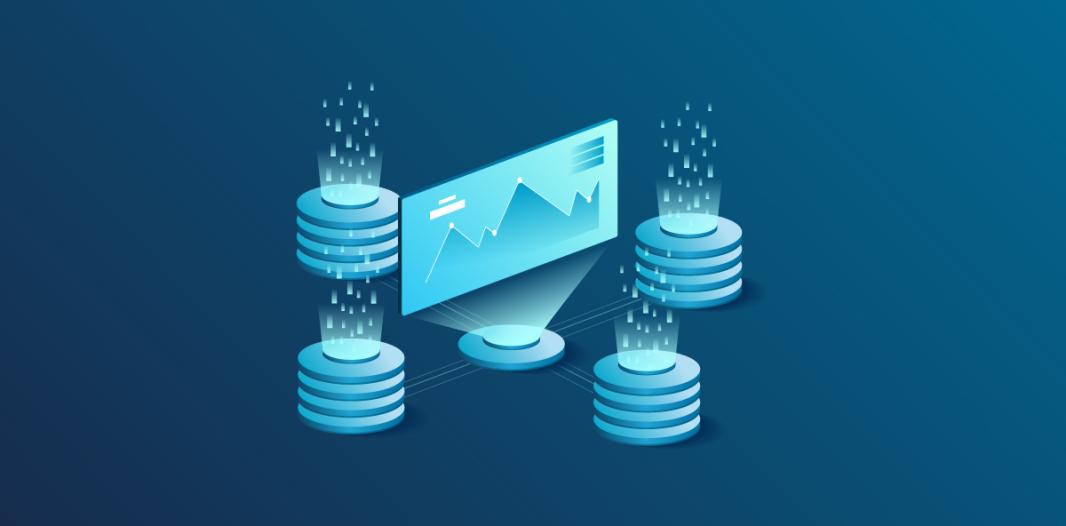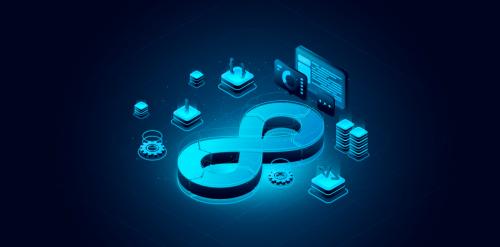
Why Do You Need to Monitor Your Infrastructure?
Monitoring is the process of observing, analyzing, and assessing systems, processes, or environments to ensure they are functioning effectively, securely, and efficiently.
Infrastructure monitoring is typically done automatically. Monitoring tools continuously collect data from servers, networks, applications, and other components and then analyze it to identify potential problems and alert IT staff so they can take corrective action.

Five Benefits of Infrastructure Monitoring
Monitoring is essential for several reasons that, together, improve the overall health and efficiency of your IT systems:
Early Detection of Issues
Monitoring systems can detect any issues or abnormalities, notify the development team early on, and provide valuable data to pinpoint the root cause quickly. Precise and timely alerts minimize downtime and allow IT teams to resolve issues more efficiently before they escalate into more significant problems.
Optimization and Efficiency
Monitoring tools provide insights into system performance metrics like CPU usage, memory allocation, and network bandwidth. This data helps identify bottlenecks and underutilized resources, enabling optimization for better performance and cost savings.
Maintaining Reliability and Stability
Regular monitoring helps ensure that systems and processes remain reliable and stable, reducing the risk of unexpected failures or downtime that can disrupt operations or services. This is especially important for businesses with SLAs that guarantee a certain level of uptime and performance. Infrastructure monitoring helps them track and meet these metrics.
Informed Budgeting and Capacity Planning
Monitoring data helps identify trends in resource usage, enabling better forecasting for future needs. With this information, organizations can make data-driven decisions on capacity planning, upgrading and growing the infrastructure, and maintenance strategies.
Enhanced Security
Monitoring security threats and anomalies is crucial for protecting sensitive data, systems, and networks from cyberattacks, unauthorized access, or other security breaches. In this case, we recommend using WAF and SIEM systems to detect real-world attacks.
The Cost of Disregarding Proper Monitoring
Many companies overlook the importance of quality monitoring, resulting in severe consequences.
Imagine that you've launched a sale on your website in the morning. However, the night before, during regular maintenance, your cloud provider forgot to reopen the network interface on their server. As a result, your server closes all ports, and all users see when opening your website is the error message.

Without the monitoring system in place, your team only learns about the problem after the marketing manager starts receiving messages from frustrated customers and logs in to check the website traffic. Now, the IT department has to spend precious time manually checking the server logs to find the issue, contact the cloud provider, explain the situation, and wait for them to fix it.
When the website is finally back up, it's well into the afternoon. The golden hours of the sale launch are wasted, as is a significant chunk of potential sales, and all of this could have been prevented by a simple alert from the monitoring system.
Focus on Your Business, Not Server Issues
You can pass the burden of troubleshooting technical issues to a trusted maintenance partner, such as the Opigno Cloud solution. Our team of developers resolves application bugs and proactively addresses storage needs by expanding disk space for your project files.
Moreover, Opigno Cloud goes beyond basic maintenance by featuring a robust 24/7 monitoring system. This system plays a vital role in keeping your website running optimally. It detects application bugs before they disrupt your users' experience and understands when your website requires additional resources, e.g., during increased user traffic or when database requests become cumbersome and slow down your website's responsiveness.
By proactively identifying these potential bottlenecks, our monitoring system empowers us to take corrective actions and ensure your website maintains its speed and efficiency even under demanding conditions. Contact us today to learn more about the benefits of migrating your project to Opigno Cloud.


